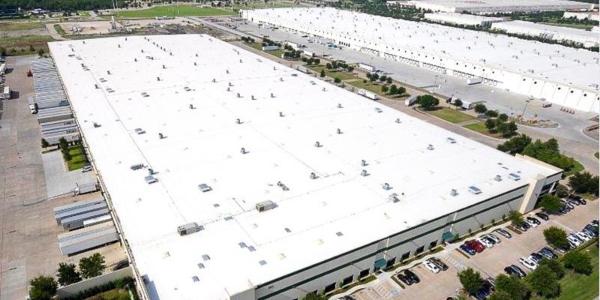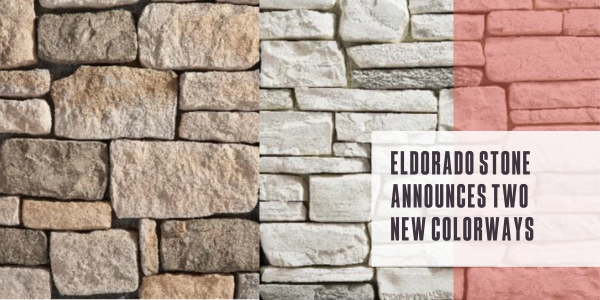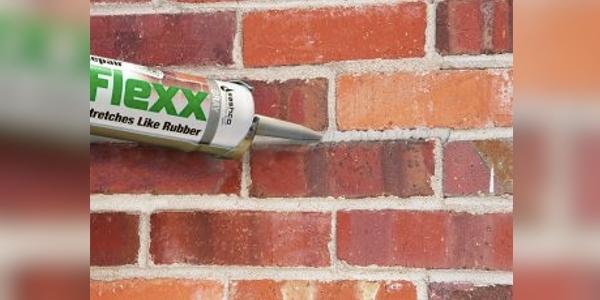Understanding the complete roofing system

By Nick Post, KPost Company.
Your roof is more than just shingles — it's a complex system working together to protect your home.
When most people think of a roof, they imagine the visible layer of shingles or tiles. However, beneath that protective exterior lies a sophisticated network of components, each playing a critical role in ensuring the roof's strength, durability and resistance to the elements. From rafters to flashing, each part of the roof works in harmony to safeguard your home. Here at KPost Company, we explore what really holds your roof together and how modern advancements are shaping the roofing systems of today.
Rafters or trusses
The rafters or trusses inside your attic are the roof’s underlying structure and what supports all of the weight. The primary difference between rafters and trusses is that rafters are constructed piece-by-piece onsite, whereas trusses are shipped prefabricated. Trusses are generally considered stronger since each one contains multiple angled web braces that secure the two angled top chords to the horizontal bottom chord. They are also quicker and easier to install and cost less than rafters. The downside is that the web braces make the attic mostly unusable. With rafters, you can choose to have them built so that the entire attic space is open and can be used for more than just storage. That means you can convert the attic into a bedroom or whatever else you want.
Roof deck
The next part of the roof is the wooden deck, which consists of sheets of plywood or oriented strand board (OSB) nailed down to the trusses or rafters. The deck holds the entire roof together since the sheets connect each adjoining truss or rafter. The deck also supports a person’s weight when walking on the roof.
When replacing a roof, you can often use the existing deck unless the plywood or OSB has started to rot, crack or warp due to the roof leaking. If the deck is in poor condition and some or all of the sheets need to be replaced, the replacement will take longer and cost more.
Underlayment
The underlayment is the layer sandwiched between the roof deck and the actual roofing materials, such as shingles, tiles or metal roof sheets. Its purpose is to ensure that the roof doesn’t leak if water manages to seep under the roofing materials. Three types of underlayment are commonly used: asphalt-saturated felt, rubberized asphalt and synthetic.
Up until fairly recently, asphalt-saturated felt was the only type of underlayment available. Some people still choose to use this type of underlayment when having their roof replaced since it costs less than the other types. However, the other two options are now much more common since they provide far better protection against leaks. The primary issue with asphalt-saturated felt is that it is only water resistant and not fully waterproof like the other two types. Water resistance means that it can withstand some moisture, but it will still end up getting soaked and allowing water to penetrate through it to the roof deck if too much moisture is present.
Synthetic underlayment is the type most commonly used for modern roofs because it offers a great balance of performance and price. It consists of polypropylene or polyethylene strands that are woven or spun together to create a strong, durable and tear-resistant sheet. The underlayment comes in long rolls that can easily be rolled out across the entire roof section for quick and easy installation.
Rubberized asphalt is the most waterproof option but also the most expensive. This type of underlayment can be used on the entire roof, but many roofers instead just use it on the places that are most prone to leaking. This includes the valleys and around vents, chimneys and skylights. One reason why rubberized asphalt outperforms the other types of underlayment is that it has a self-adhering backing on the underside. This backing allows it to stick directly to the roof deck and create a fully waterproof seal.
Flashing
Roof flashing is a thin piece of metal used to channel water away from certain critical places on the roof to ensure it doesn’t leak. The pieces are cut to size and then securely fastened onto the underlayment and deck and the roofing materials then go on top of the flashing.
Flashing is always used where the roof meets any vertical surface, such as a parapet wall and on the valleys where two different slopes meet. You also need to have flashing around all roof protrusions, including exhaust vents, chimneys and skylights. If there isn’t flashing in all of these places, there is a high risk of water seeping in and potentially getting underneath the underlayment and soaking into the roof deck or leaking inside your house.
Soffit and fascia
Roof fascia consists of long boards that are fastened to the ends of the rafters or trusses and form the bottom edges of each roof slope. The boards are often covered with metal to prevent them from rotting and also to add to the aesthetics of the roof and exterior of the home. Gable roofs have fascia on the front and back of the roof since they only have two slopes. With a hip roof, you have fascia on all four sides since every side is sloped. Fascia serves two primary purposes. One is to tie the rafters or trusses together and seal up the sides of the roof and the other is to support the gutters.
Soffit consists of panels that are located underneath the eaves or overhangs on the roof. They serve to seal up the undersides of the eaves so that the attic is closed up and no pests or birds can get inside. Most roofs have at least some perforated soffit panels that act as part of the roof and attic ventilation system.
Roof vents
The final part of the roof is the roof vents. Having an adequately ventilated attic and roof is essential for preventing mold issues and ensuring condensation doesn’t form and causes the rafters or trusses and roof deck to rot. Ventilation also makes a significant difference in energy efficiency and air conditioning costs. Without proper ventilation, the temperature in an attic can easily get to 140 degrees or higher during hot summer days. Much of the heat in the attic will then end up penetrating down into the rest of the building, resulting in the indoor temperature greatly increasing and your air conditioning system running much more.
Roof vents can be installed in several different locations, but it’s always important to have both intake and outlet vents. Gable roofs most commonly have one vent just below the top of each gable end as well as some soffit vents. Each of the gable vents can serve as both the intake and exhaust since it depends on which way the wind is blowing. You’ll have much better ventilation if there are also vents near the edges of the roof, on the ridge or in the soffit panels. For a hip roof, you generally always want some vents directly on the ridge or near it, as well as vents in the soffit or near the edges of each slope.
Since 2004, KPost Company has been one of the leading residential and commercial roofing contractors in the Dallas area. We work on most types of roofs and roofing materials, including shingles, metal, slate, clay and concrete tiles. You can trust us to handle your repair, installation, maintenance and roofing inspection needs. Contact us today to make an appointment with one of our knowledgeable team members.
Original article and photo source: KPost Company
Learn more about KPost Roofing & Waterproofing in their Coffee Shop Directory or visit kpostcompany.com.










Comments
Leave a Reply
Have an account? Login to leave a comment!
Sign In